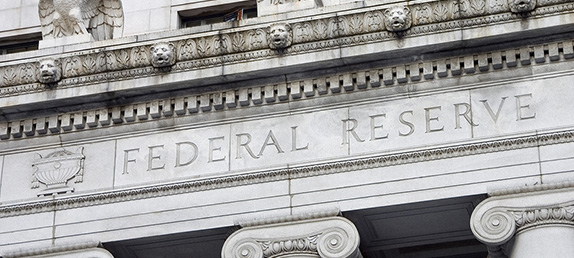Many investors were pleasantly surprised when the Federal Reserve decided not to slow down its bond-buying program, and the markets reacted accordingly. The Fed said that they had not seen enough improvement in the economy to justify a tapering of the quantitative easing, but market analysts at CNBC feel that there may be more to the story.
Since the market meltdown back in 2008, the Fed has continuously lowered interest rates and pumped money into the system. This has caused the stock market to reach record levels and has led to a housing market resurgence. There is no doubt that the program has done a lot of good, but many analysts have wondered about the long-term costs.
CNBC guest contributor Peter J. Tanous views the effects of the $3.6 trillion balance sheet that the Fed has now accumulated as a ticking time bomb. He argues that most people know that these assets will have to go somewhere in the future, but what isn’t being addressed is the amount of American tax dollars that will need to be used to pay down the national debt.
The Congressional Budget Office shows the interest rate paid on the national debt is 2.4 percent. Over the last 20 years, the average rate paid towards the debt is 5.7 percent. By keeping this rate low, the Fed is making sure that tax dollars aren’t being used exclusively to pay down the government’s debt. The scary part, however, is that rates are now climbing.
If rates were to climb back to the regular level of 5.7 percent, then, Tanous says, “85 percent of all personal income taxes collected would go to servicing the debt. No wonder the Fed is worried.” There are some economists that think rates may go even higher than 5.7 percent due to the massive amount of money printing done by the Fed in the name of quantitative easing.
The Fed knows that American citizens will not be pleased to discover that almost all of their tax dollars are going to paying down the debt. Tanous believes that “we will have an untenable, unacceptable interest rate bill whose beneficiaries are China, Japan, and others who own our bonds. And if Americans find out that the lion’s share of their income tax payments are going to service the debt, prepare for a new American revolution.”
With potentially turbulent times on the horizon, investors will be searching for safety. Physical gold has historically been a popular hedge against inflation and volatile markets, so it may not stay at its current affordable levels for much longer.


